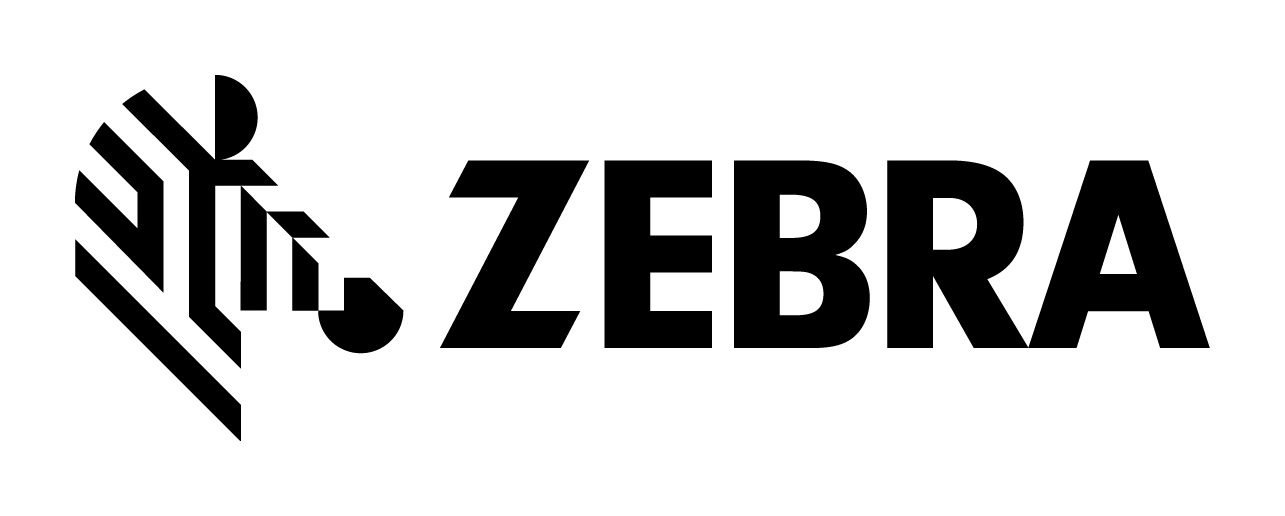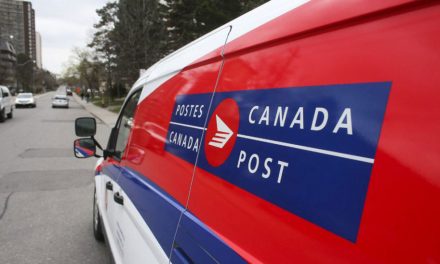
Strong Canadian dollar spurs Web sales
The ritual has resumed, as it always does when the Canadian dollar strengthens against the U. S. dollar. Throngs of Canadian shoppers cross the border in search of lower prices and greater selection at American stores.
But when the Canadian dollar reached parity last week, there was a new twist: online sales now let Canadians hunt for bargains in the United States without leaving home. If early indications hold true, some of the biggest winners from the rise of the Canadian dollar may ultimately be online retailers based in the United States. Because Canada's relatively small population of just 33 million makes online operations less cost-effective, few Canadian retailers – less than a third by some estimates – sell through the Web. That limited local competition, combined with a high Canadian dollar and the incremental cost of expanding into Canada, make the country a tempting target for American retailers.
No one measures Canadian cross-border spending, virtual or otherwise. But, Paulina Sazon, a direct marketing strategist at Canada Post, said that the Canadian postal service had seen the volume of shipments through its special cross-border service for U.S. retailers increase 38 percent over the last year
A spokeswoman at UPS Canada, Christina Falcone, said the shipping company had seen "significant growth," thanks to the strengthening Canadian dollar.
Spokespeople for L.L. Bean, Crate & Barrel and Brookstone all said they had seen increases in sales to Canada over the last few months. Carolyn Beem, a spokeswoman for L.L. Bean, said "double-digit growth" in sales to Canada had prompted the company to increase marketing efforts aimed northward and to begin advertising in Canada. Several retailers, including Amazon.com, declined to discuss their Canadian trade, while others like Land's End, a unit of Sears Holdings, did not respond to requests for comment. In some cases, American retailers could not distinguish between how much of their increase in Canadian sales was attributable to the decline of the U.S. dollar and how much was the result of increased marketing efforts to Canadians.
Crate & Barrel, for example, mailed a large number of catalogs to Canada last year, a spokeswoman for the retailer, Bette Kahn, wrote in an e-mail message, "which indeed drove the business upward," although she added that the dollar played a role. Sazon of Canada Post said that research conducted by her office in conjunction with NPD Canada, a retailing research firm, showed strong interest among Canadian shoppers for buying online from the United States. According the Canada Post-NPD study, Canadians are most interested in buying clothing online from Target. But Target does not ship to Canadian customers and has no stores here. Target did not respond to a request for comment on the policy. The Gap also denies Canadians access to online shopping, but the company does operate stores in Canada.
Other U.S. retailers court Canadian customers through the Web, including Amazon.com, Wal-Mart and Home Depot, but they have set up separate online operations in Canada. Since Canadian shoppers on those Canada-based Web sites are not making cross-border purchases, they do not necessarily benefit from the dropping dollar. Prices have fallen, though, on many goods imported from the United States. Although Canada and the United States share a free-trade agreement, cross-border trade is hardly free for consumers. All merchandise entering Canada is inspected by Canadian Border Services, which adds national sales taxes, provincial sales tax, except in Alberta, and in the case of some products made in third countries, duties.
Additionally, the companies transporting the packages have border handling fees, which, on a $300 item, can total 40 Canadian dollars or more. Canada Post adds a flat fee of 5 Canadian dollars. To avoid those border processing charges, L.L. Bean and several other companies use a Canada Post service that brings their parcels across the border in bulk rather than individually. Under the system, the American retailers collect Canadian taxes at the time of purchase and the customer is not unpleasantly surprised upon delivery.
UPS uses another approach. It operates warehouses in Canada that hold inventory from some American online retailers; including Crown Premiums, a maker of collectible model cars based in Florida. Orders placed to Web sites in the United States are filled with merchandise from the Canadian warehouses. Currently, estimates J.C. Williams Group, Canada's leading retail consultancy, U.S. companies account for about one third of all Canadian online shopping. But Canada Post estimates that it hit about 60 percent at the height of the shopping season last year.
Jim Okamura, a senior partner with e J.C. Williams who is based in Chicago, said that expanding business in Canada and other countries may allow many American retailers to offset both an increasingly saturated market and a shaky economy at home. "There's no doubt in my mind that a big share of the e-commerce in Canada will be captured by American retailers," Okamura said. "Canada is really being seen as the first step in a broad international expansion plan."











